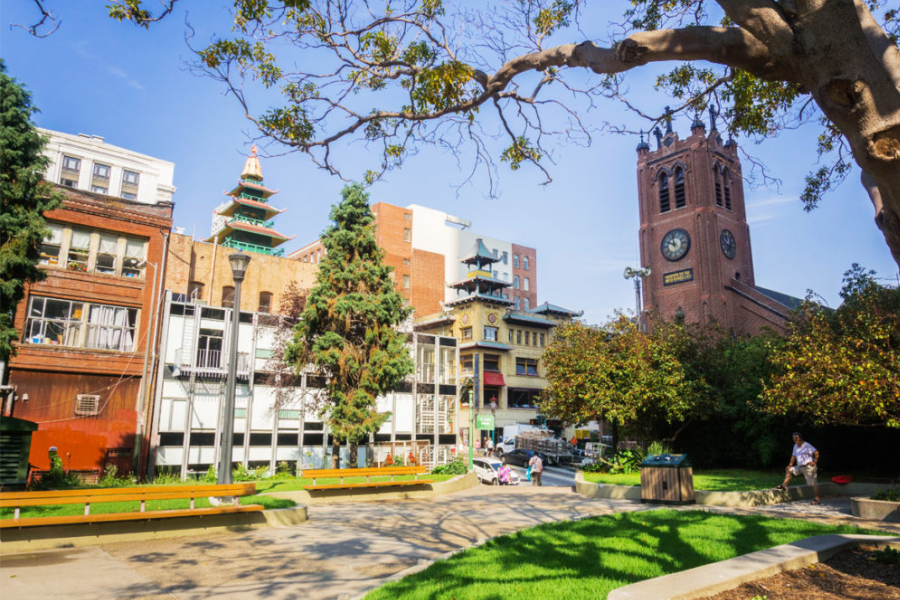When we hear the name Mary’s Square, we might think of a historical site, a cultural hub, or even a modern urban landmark. But what truly lies behind this name? In this article, we’ll explore the significance of Mary’s Square, its history, and how it has evolved into a symbol of both tradition and contemporary life.
History
Mary’s Square has roots that stretch back centuries. Named after a notable figure, possibly a royal or religious icon, the square served as a gathering place for communities. Many cities, particularly in Europe and the Americas, have squares named after significant individuals who shaped their development. It’s believed that this particular square was named in honor of Mary, possibly the Virgin Mary, given the Christian roots of many public spaces.
Historically, squares have been the beating heart of urban life. Whether it was hosting markets, public gatherings, or significant events, Mary’s Square likely played a similar role. In medieval times, such squares were spaces where townspeople would meet, exchange goods, and hear proclamations from local leaders. The evolution of these areas over time reflects the growth of the cities and towns they belong to.
Architectural Significance
One of the defining features of Mary’s Square is its architecture. Over the years, the square has been surrounded by buildings that tell the story of its city’s growth and cultural shifts. From Gothic cathedrals to neoclassical structures, every brick laid in Mary’s Square carries the weight of history.
Visitors to Mary’s Square today are likely to be greeted by a blend of old-world charm and modern amenities. The juxtaposition of these elements symbolizes how far the area has come while still preserving its rich history. In many ways, this makes Mary’s Square not only a hub of commerce or culture but also a living museum where architecture is the curator.
Cultural Impact
Culturally, Mary’s Square holds immense importance. Many local traditions and festivals are held in public squares, making them central to the community’s identity. In this case, Mary’s Square may be home to various celebrations, from religious ceremonies to arts and music festivals.
Throughout the year, squares like this one play host to tourists and locals alike, serving as both a tourist attraction and a focal point for everyday life. For many, visiting Mary’s Square is not just about sightseeing but about experiencing the local culture firsthand. From bustling markets during the day to quiet evening strolls, the square reflects the rhythm of life in the city.
Modern Development
In the 21st century, Mary’s Square has adapted to meet the needs of modern society. While its historical essence remains, the square now boasts modern infrastructure that allows it to remain relevant in today’s world. Cafes, restaurants, and shops line the edges of the square, offering visitors a mix of old and new experiences.
The introduction of public Wi-Fi, street performances, and events like farmers’ markets ensure that Mary’s Square stays at the forefront of the city’s social scene. However, the essence of community gathering, which was the original purpose of such spaces, remains intact. In a time where digital communication reigns supreme, places like Mary’s Square remind us of the importance of face-to-face interaction.
Tourist Attraction
For tourists, Mary’s Square offers a slice of history wrapped in modern-day convenience. Whether you’re a history buff, an architecture enthusiast, or simply a traveler looking for a nice place to sit and watch the world go by, Mary’s Square has something for everyone.
Walking tours often start or end at public squares, and Mary’s Square is no exception. Guides provide insights into the history of the square, its role in the city’s development, and its present-day significance. For photographers, the square provides a stunning backdrop, blending old architecture with the hustle and bustle of modern life.
A Symbol of Continuity
Perhaps the most striking thing about Mary’s Square is its symbolism. Public squares have always been about continuity—a place where life happens, regardless of the era. They are spaces that have seen revolutions, celebrations, and day-to-day activities. In many ways, Mary’s Square is a reminder that while cities grow and technology advances, the need for a communal gathering space remains timeless.
The square stands as a witness to the passage of time, the evolution of communities, and the changes that cities undergo. As people come and go, the square remains, an anchor in the city’s identity.
Conclusion
In conclusion, Mary’s Square is much more than just a place on the map. It is a historical and cultural landmark, reflecting the evolution of the community it serves. Its architecture, cultural importance, and modern development make it a living testament to the balance between preserving the past and embracing the future.
For tourists, locals, and history enthusiasts alike, Mary’s Square offers a unique blend of experiences, whether you’re interested in soaking up local culture, marveling at architectural feats, or simply enjoying a peaceful day in the heart of the city.

Leave a Reply